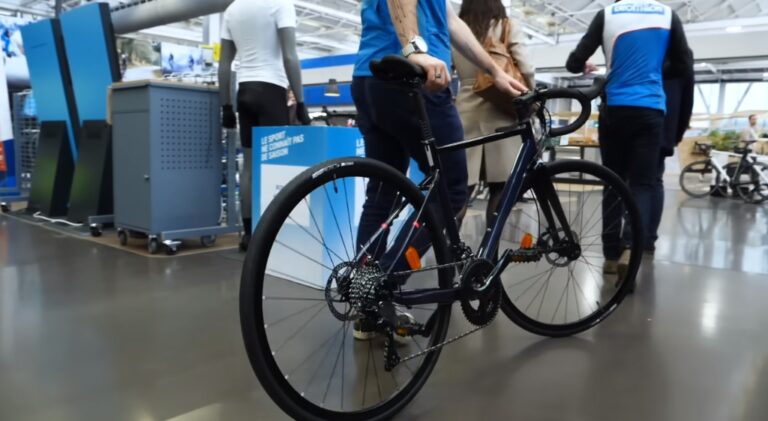The price of bicycles varies dramatically. A basic bike can cost as little as $100 or $200 whereas bikes used for racing can run into the tens of thousands.
The average price of a new bicycle is around $300. Bicycles are often seen as an expensive purchase but it is important to consider the costs over time. So What do you think about how much should I spend on a bike?
How Much Should I Spend On A Bike
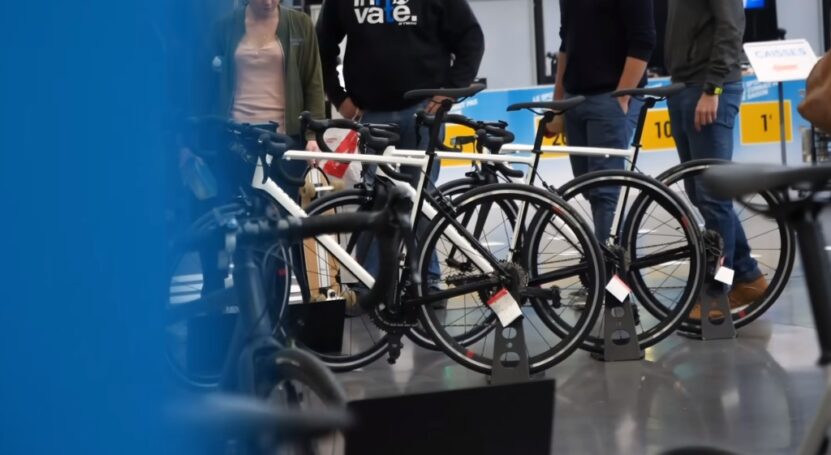
The amount of money that you spend on a bike will depend on many different factors. But on average, you should spend around $1000-$2000 on a bike.
When you are looking to buy a bike, it is always in your best interest to find out all the facts before making a purchase. You must consider what type of riding you’ll be doing most of the time, what kind of features you are looking for, and if it is your first bike or not.
There are so many different types of bikes that fit all kinds of people’s needs. Many parts of the bicycle wear out over time.
For example, the tires wear down within months depending on how often they are used; chains can wear out after only a few thousand miles (a rough estimate is around 5,000 miles).
When considering buying a new bike it is worth looking at high-end brands as they have many spare parts available. Frequent cyclists tend to spend more money on their bikes than occasional riders.
If you are planning to use your bike every day it is worth spending the extra money up front as you will save money in the long run. Buying a high-end bike may cost more initially but it will be cheaper than buying several lower-quality bikes that don’t last.
The price of a bike should also be weighed against other modes of transport such as buses and trains. The average cost of public transport in the US is $0.50 per mile (1 mile = 1.6 km).
This means that someone who commutes 20 miles to work each day could get a bike for free within a month of cycling to work. In summary, the price of a bike should be viewed in terms of its quality and how frequently it will be used.
Someone who doesn’t use a bicycle daily is unlikely to get good value from a high-end bicycle but this does not mean that more affordable bikes are not worth buying.
A bicycle can offer significant savings over time and it may be worth spending more money on a higher-quality bike that will last for years.
Are Expensive Bikes Worth It?
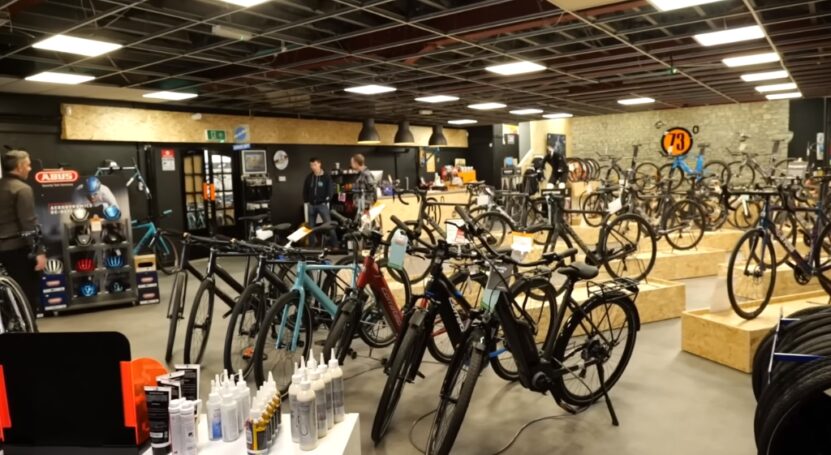
Are expensive bikes worth it? It’s a common question that people have when they’re getting into cycling. They look at the price of a new bike and wonder if it’s really necessary to spend so much on something you’ll only use for recreation.
There is no simple answer as to whether an expensive bike is worth it as there are many variables to take into account. The truth is, there are a lot of reasons someone may consider an expensive bike to be ‘worth it.’
Better components equate to better reliability and performance, which makes for a more enjoyable experience. A less expensive bike can be just as reliable if taken care of properly but the components themselves will not be as sturdy.
When you pay more for a bike, naturally it is going to have an expensive frame. A good quality frame, however, plays a very important role in the overall experience of riding.
This is where many people feel that spending the extra money will make their ride much better since they can enjoy all aspects of cycling without having to worry about the frame.
Despite how much you spend on a bike, if the frame is not up to par it will be difficult for a cyclist to enjoy what they are doing.
Expensive bikes also tend to have better wheels and components which can make your ride more enjoyable by allowing you to go faster with less effort. The higher the price, the better the components which leads to a more enjoyable ride.
When it comes down to it, if you can afford it then an expensive bike will be worth every penny. The experience of riding on your new looking awesomely equipped bicycle is more than enough reason for it to be worth it!
How To Decide About Buying A Bike
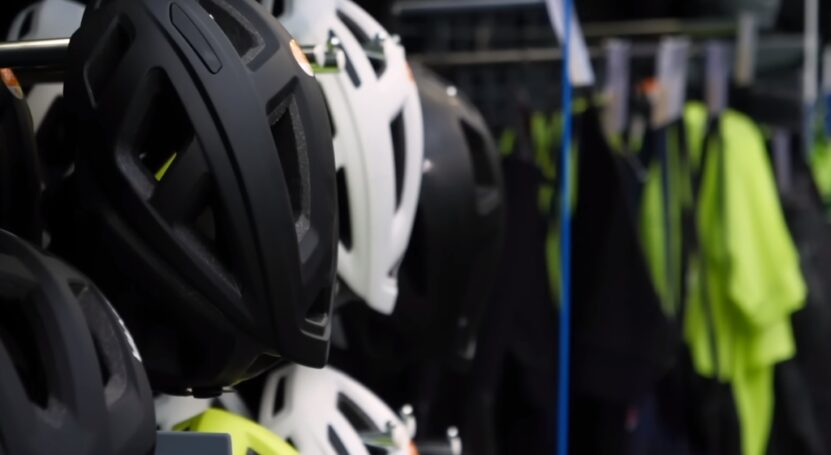
First off, consider how often you will be riding your bike. If you plan on biking every day to work or school then you are going to need a more expensive, comfortable bike with good features.
On the other hand, if it is going to be used for occasional riding then you can afford a cheaper model that does not have all of the bells and whistles. If this is your first bike or if you are on a tight budget most experts recommend buying an inexpensive new bike that has not been previously owned.
The reason for this is that you will want to make sure that it fits and functions properly, and buying a new bike guarantees these things if the right precautions are taken.
If you plan on biking as a hobby or sport you should buy a used bicycle. You can find many great deals at local shops or on Craigslist. If you are not familiar with the particular type of bike you want, make sure to bring along a friend or family member who can help you look for one that fits your needs and budget.
These are the most popular reasons to buy a bike, however, there are other reasons why someone might want to buy a bike. If you are riding for fun it is best to buy a mountain bike.
They come in a variety of different styles and colors, and they can go fast on rough terrain because the shocks absorb the impact from bumps and holes in the path. They may be a little bit larger than a regular bike and they tend to be more expensive than a regular bike.
If you are riding for health it is best to buy an exercise bike in the gym. Exercise bikes in the gym usually have certain preset programs and difficulty levels and can easily fit into your workout routine because you don’t need to leave home which saves time.
These bikes are usually the cheapest, but they don’t give you much freedom to ride where you want. If you are trying to get somewhere faster than walking or by car, it is best to buy a road bike.
These bikes are fast due to their lighter frame and smaller tire size which makes them more aerodynamic. They are good for riding on roads and trails that have a flat surface, but they are less stable than mountain or exercise bikes on uneven surfaces.
What Size Should The Bike Be for Me?
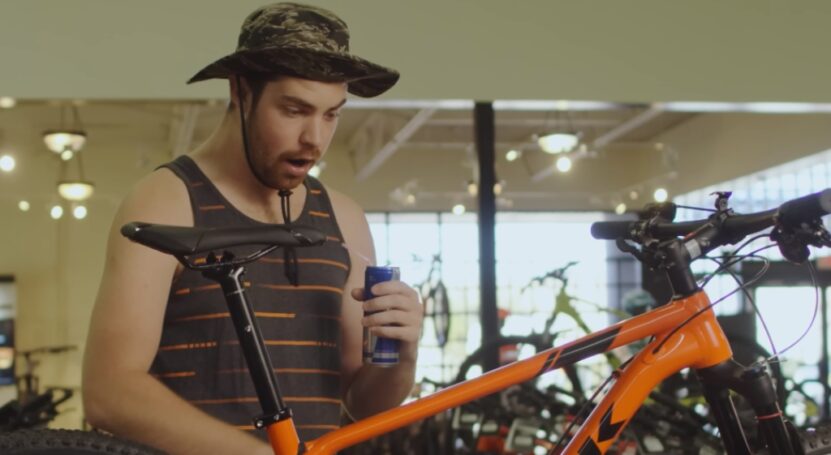
Bicycles come in many different sizes and the average adult requires a bike of not more than centimeters. A bicycle that is too small can be uncomfortable and dangerous, while one that is too large may be difficult to handle.
The best way to learn what size you need is by trying out several bicycles until you find one that feels just right. Bikes are sized according to the length of their seat tube, which is usually measured in centimeters or inches. The size you choose should depend on your height and leg length.
Generally speaking, the shorter the rider’s inseam (inseam–the measurement from crotch to floor), the more compact the frame of the bicycle should be (get a smaller frame). A small frame will have the seat farther forward while a larger frame will have it farther back.
The seat height is important because it determines how well you can control your bike. It must be high enough so that your feet are flat on the ground when seated, but not so high that you cannot bend your knees to pedal.
If you ride with your hips and knees bent at an angle greater than a right angle, this may indicate that the seat is too high. A correctly sized bike should allow for adjustment of saddle height, so it can be used by more than one person.
Bikes are measured according to their wheel size rather than their length or tire width. The wheel size is determined by multiplying the wheel diameter in inches by 2. Thus, a 20-inch wheel is equivalent to a 26-inch bike.
When choosing your bicycle, you should consider both the size of its wheels and the distance you will be traveling. A bigger wheel rolls over bumps in the road better than a smaller one would.
Also, a road bike with a higher gear ratio is better for traveling faster than one with a lower gear. Thus, if you will be traveling long distances at high speeds, the size and type of bicycle should be considered. These facts can be used as guidelines:
- Children: 13-15 inches (wheel) — up to 54 cm
- Youth: 16-17 inches (wheel) — up to 56 cm
- Unisex/Women: 18-19 inches (wheel) — up to 58 cm
- Men: 20+ inches (wheel) — up to 60 cm or more
The size of the bike you should choose depends on your height and leg length. Generally, the shorter the inseam, the smaller the frame should be. A good bike shop will let you test-ride a bike before purchasing it. This is one of the secrets to finding a comfortable fit.

